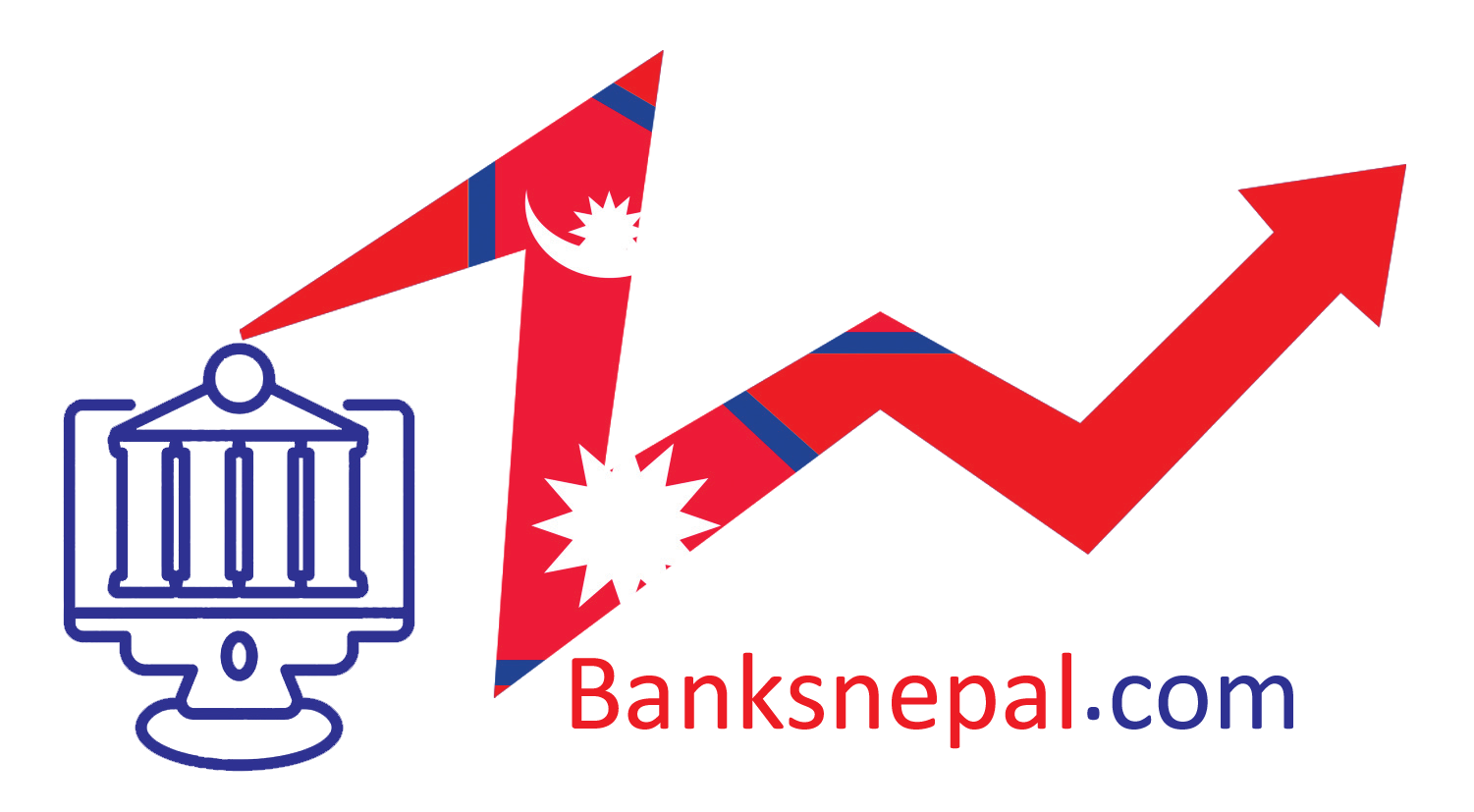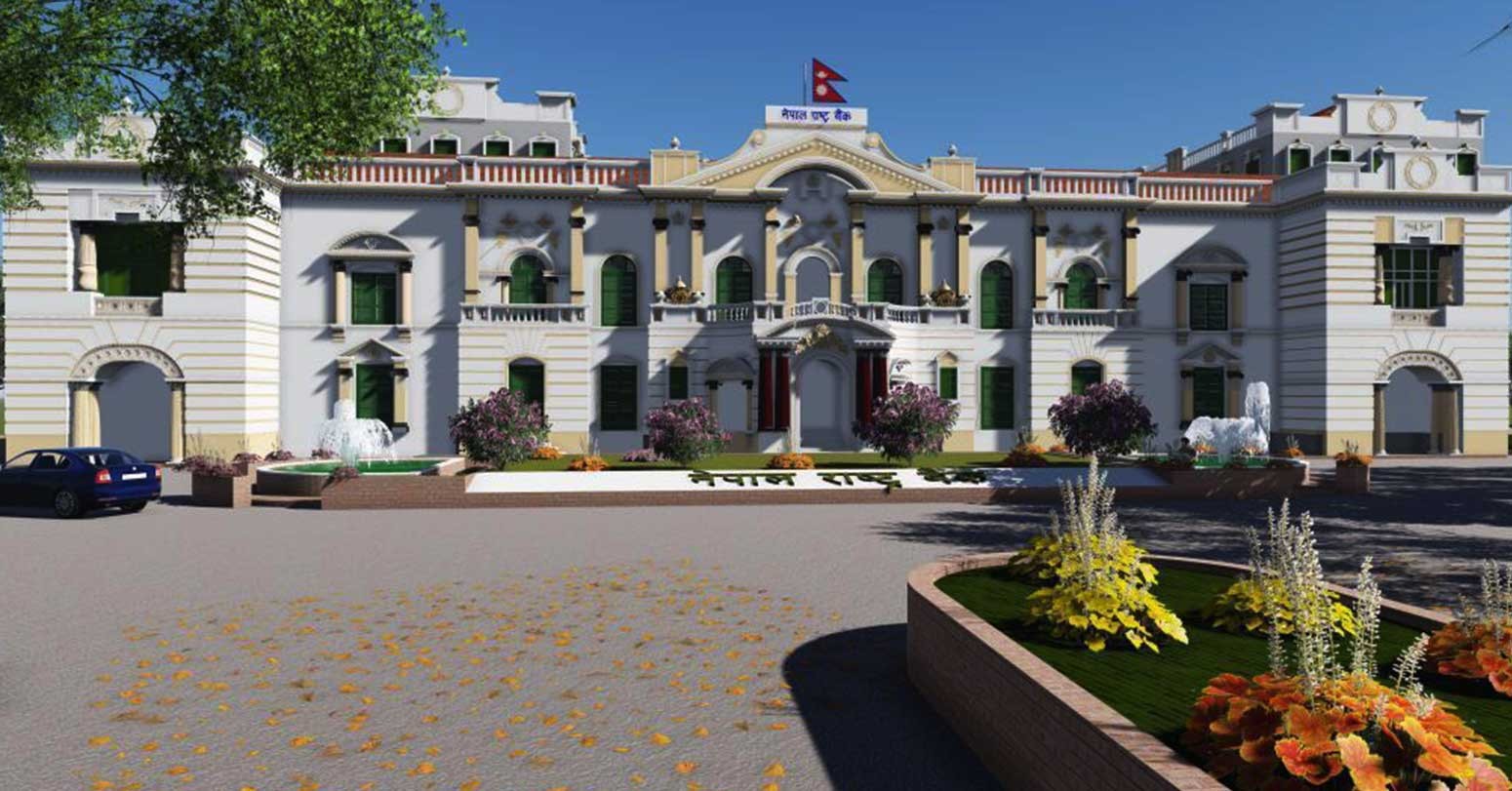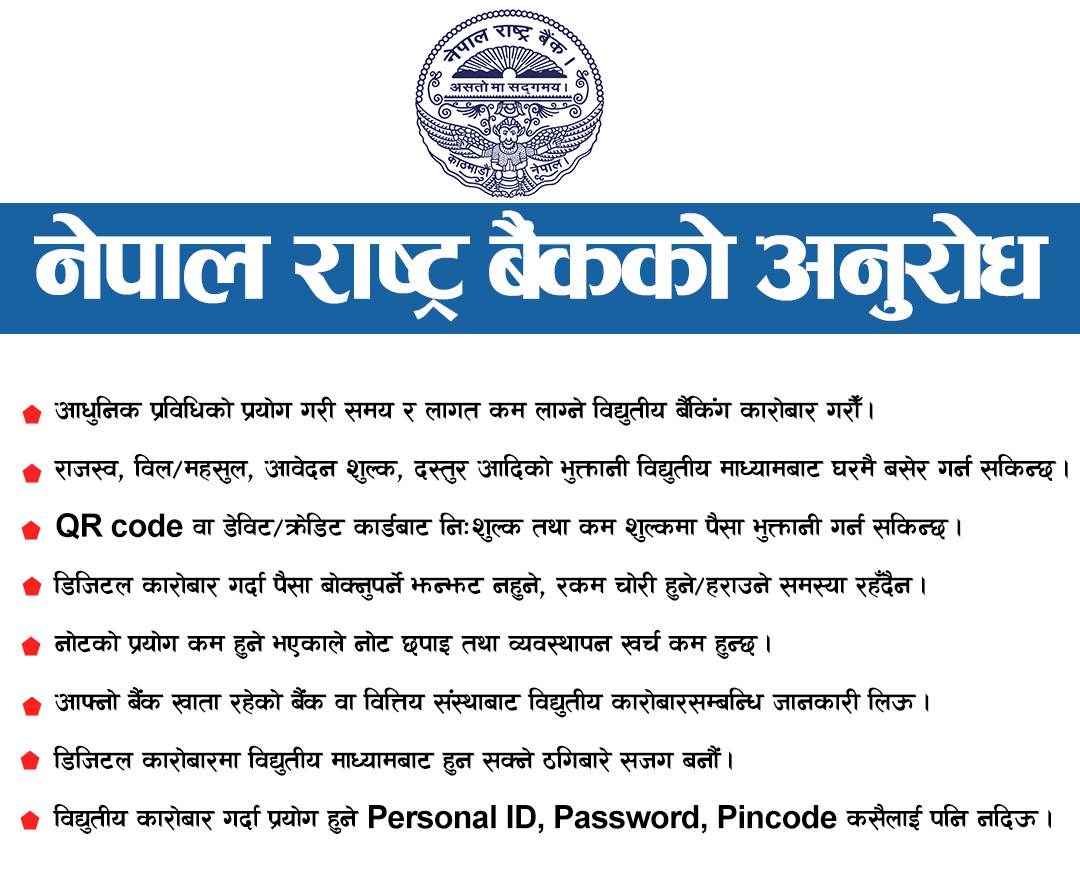New refinancing provisions by NRB, Banks and Finances Provide easy way to industries and businesses
Sep Thu 2020 12:59:26
783 views

Nepal Rastra (NRB) Bank has implemented a new arrangement regarding the process of obtaining refinancing to be made available to industries and businesses.
After the amendment of the procedure, the banks will now collect the application for refinancing and the banks will take the customer's application and submit it to the Nation Bank. NRB will study them and take a decision.
For refinancing, the borrower has to apply at the same branch of the bank from which he has taken the loan. NRB has stated that the application should be submitted by September 30. Banks are required to attach the required documents and submit the application as per Schedule 1 of the Nepal Rastra Bank Refinancing Procedure, 2077 BS.
Small and home-based small scale industries will get refinancing up to Rs 1.5 million. Interest rates have also been reduced.
NRB will provide 1 percent amount to the bank as per the revised procedure for the sick industries, export oriented industries and industries affected by the epidemic. Arrangement has been made for the banks to invest the amount taken at 1 percent in these sectors at a maximum of 3 percent.
For industries, NRB will provide it at 2 percent, says Bhatta. The bank has to pay this amount to the customer at 5 percent.
A new provision called simple refinancing has also been made in the working procedure. This refinancing will be available for agriculture, energy, tourism and other sectors. For this, NRB will provide loan to banks at 3 percent and banks will have to provide loan to customers at 5 percent. Similarly, NRB has made it compulsory to give at least five refinancing equivalent to one branch of the bank.
20 percent of refinancing above Rs. 50 million will have to be invested. For such, the bank has to deliver the customer's file one by one. Its limit will be up to Rs. 200 million.
Banks and financial institutions have been complaining about the low utilization of refinancing due to the cumbersome process.
Terms?
(A) The total refinancing amount demanded by the organization should be up to a maximum of 25 percent of the primary capital of the organization.
(B) The repayment period of the loan selected for the application should be at least 1 year left.
(C) In the case of a borrower who has availed a loan through more than one bank and financial institution, the applicant should have ensured that the application has been made only through one bank / financial institution.
(D) At least 70 percent of the total amount applied for refinancing should be demanded under micro, domestic and small enterprise refinancing.
(E) At least 5 customers / debtors from each branch should be included while selecting the loan for the application.
(F) The capital ratio of the institution submitting the application should be as specified by this bank.
Industries and businesses in the worst affected areas will be given priority for refinancing.
A) Highly affected area
1. Tourism
(A) Trekking, travel agency, mountaineering, rafting, camping, tour operator, healing center, casino, massage spa etc.
(B) Hotels, tourist accommodation, motels, rural tourism, home stays, resorts, and restaurants, eco-tourism, wildlife reserves.
(C) Adventure tourism: Skiing, gliding, water jogging, hot air ballooning, canoeing, parasailing, horse riding, elephant riding, bungee jumping, mountaineering and observation.
(D) Golf course, polo, pony trekking, trekking, mountain flight operation, cable car.
2. Air and tourist transport
3. Amusement, amusement park, recreation business, party palace
4. Film production, distribution, cinema solution
5. Workers, workers or employees who have lost or become unemployed (at home or abroad)
6. Production and sale of basically perishable goods such as: vegetables, fruits, flowers, fish, meat, grains, milk and dairy products, eggs etc.
7. Poultry business
8. Livestock, bee and fishery business
9. Readymade garments, handicrafts and skill based business
10. Foreign Employment Service Provider, Educational Counseling Service Provider
B) Moderately affected area
1. Industry business related to production and distribution of consumables such as plastic, iron, steel, tires, leather, metal products, home appliances etc.
2. Private and Residential Schools, Higher Education and Secondary Schools, Colleges and Universities, Technical Schools, Preschools, Child Care
3. Passenger site traffic
4. Social and personal service activities including beauty parlor, salon, cosmetic surgery
5. Legal, accounting, engineering and other consulting services or business
6. Hospital, Clinic, Nursing Home, Diagnostic Center
7. Health center or fitness center
8. Production, processing and sale distribution of stored goods (except food)
9. Forest and mineral industries
10. Construction business
11. Drug production
12. Printing, publishing and communication house
13. Hydropower under construction and renewable energy
14. Business related to stone, clay and glass production
E) Low affected area
1. Hydropower projects connected to national transmission while in production
2. Businesses involved in online (e-commerce)
3. Industry business of food production, processing, storage and sale distribution, beverage processing and sale distribution.







